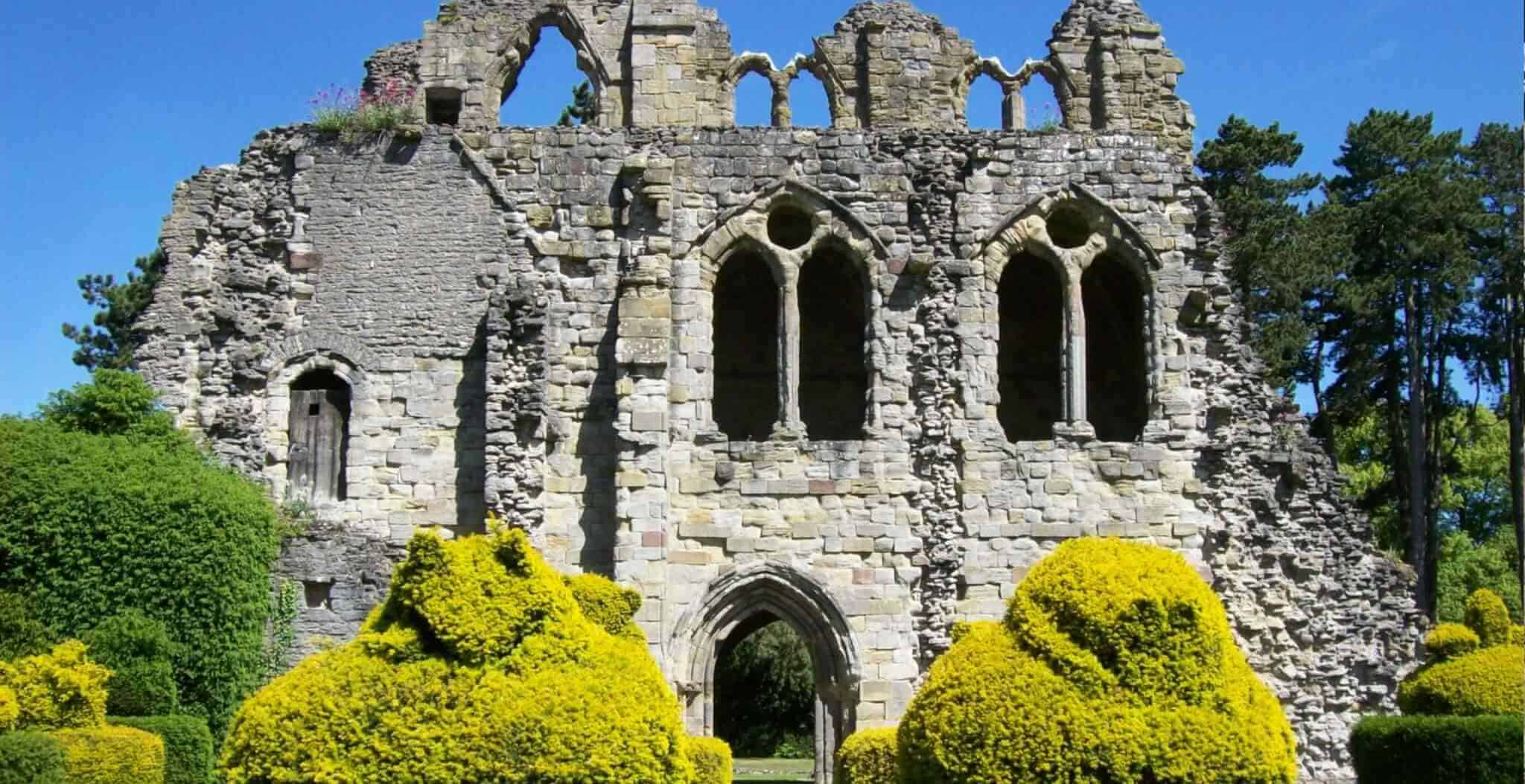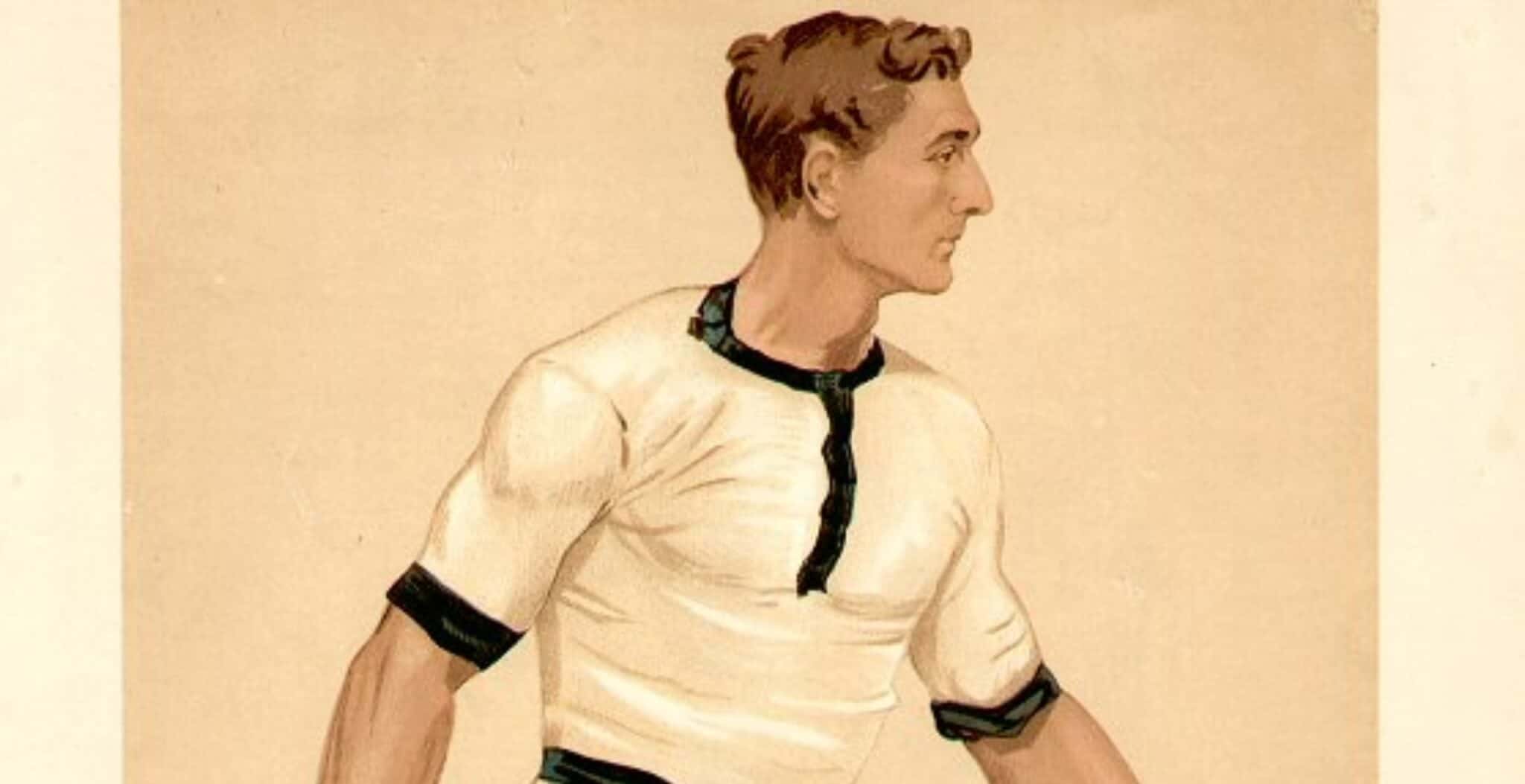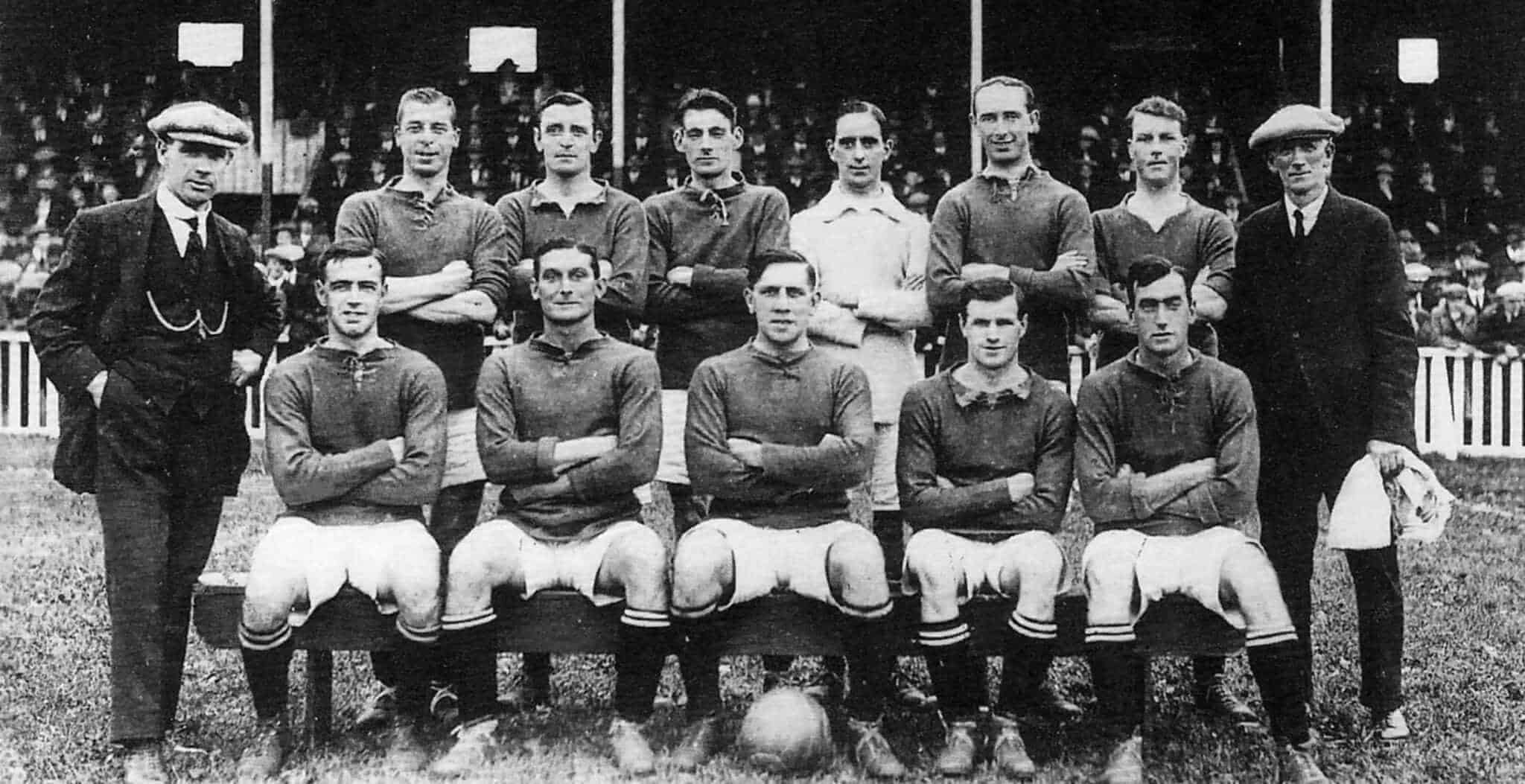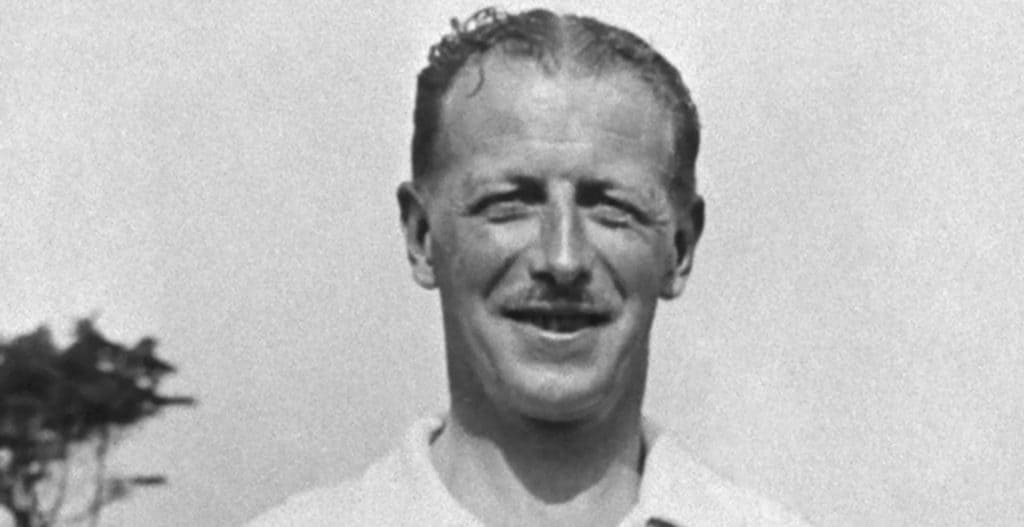Have you heard of Wenlock and Mandeville?
Wenlock and Mandeville are the Official Mascots of the London 2012 Olympics and Paralympics. Wenlock is the mascot for the Olympics and Mandeville for the Paralympics. Wenlock, a cute creature made from a droplet of steel from the steelworks used to build the Olympic stadium, takes his name from Much Wenlock, a small town in central Shropshire. With a population of around 3,000 this very small town has a very large history.
Much Wenlock is home to the Wenlock Olympian Games. These famous games and Dr. William Penny Brookes, the founder, are thought to have inspired the modern Olympic Games that began in 1896, only 6 years after Baron Pierre de Coubertin (the founder of the International Olympic Committee) visited the Games.
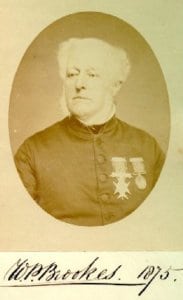
The games went from strength to strength attracting many competitors from all around England. Brookes insisted that the games would not exclude any able-bodied man from the games. This caused many to criticise the games – and Brookes – saying that rioting and unacceptable behaviour would occur. Instead the games were a huge success!
Dr. Brookes was so determined for the games to be open to all men that when the railway came to Much Wenlock, the first train was planned to come to the town on the day of the games and Brookes insisted that the working class men were allowed to travel free. Brookes was also Director of the Wenlock Railway Company.
In 1859, Brookes heard that the first Athens modern Olympian Games were to take place and sent £10 on behalf of the Wenlock Olympic Society and the Wenlock Prize was awarded to the winner of the “long” or “sevenfold” race.
The Wenlock Olympian Games became very popular, and in 1861 the Shropshire Olympian Games were founded. The games were held in different towns each year and it is from the Shropshire Olympian Games that the modern Olympics are thought to have taken the idea of host towns (or cities and countries in modern days) to take responsibility for the financing of the games.
Brookes, John Hulley of Liverpool and Ernst Ravenstein of the German Gymnasium in London set about founding the National Olympian Association. It held its first festival in 1866 at the Crystal Palace. The festival was a huge success and attracted 10,000 spectators and competitors, including W.G Grace who won the 440 yard hurdles.
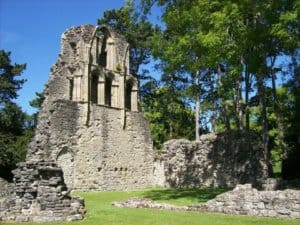
Brookes sadly died just four months before the first International Olympic Games in April 1896. The Wenlock Olympian Games are still held today and take place annually in July.
Much Wenlock’s fame began far before the Wenlock Olympian Games. The town grew up around an Abbey or Monastery founded in the late 7th Century. During its history the site has had connections to St. Milberge and Lady Godiva.
King Merewalh of Mercia, the youngest son of the pagan King Penda, founded the Abbey around 680 AD and his daughter Milburge became Abbess in around 687 AD. Milburge remained Abbess for 30 years and stories of her miracles together with her longevity meant that after her death, she was recognised as a saint.
In 1101 during building work at Wenlock Priory, an old box was found which contained information suggesting that St Milburge had been buried by the altar. At this time the church was in ruins and although the monks searched they couldn’t find any such remains. Some time later however, two boys were playing in the church when they came across a pit that contained bones. These bones were thought to be those of St Milburge and placed in a shrine. Rumours of miraculous cures at the site became well known and the site became a place of pilgrimage. This is when the town began to grow.
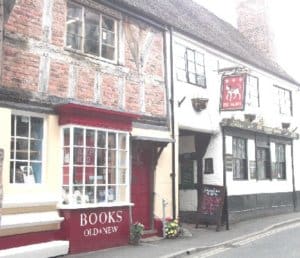
Much Wenlock is well worth a visit. Its long and colourful history is only part of its appeal. Set in the beautiful countryside of Shropshire with Wenlock Edge (home to many rare orchids) nearby, it is also a must for nature lovers. The town itself is a stunning medieval “black and white” town with many beautiful buildings, including the Guildhall that is open in summer months. A peaceful place off the beaten path, Much Wenlock is a lovely place to visit.
Getting here
Approximately 40 minutes from Birmingham, Much Wenlock is easily accessible by road, please try our UK Travel Guide for further information. The nearest coach and railway station is at Telford.
Museums
View our interactive map of Museums in Britain for details of local galleries and museums.
